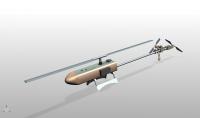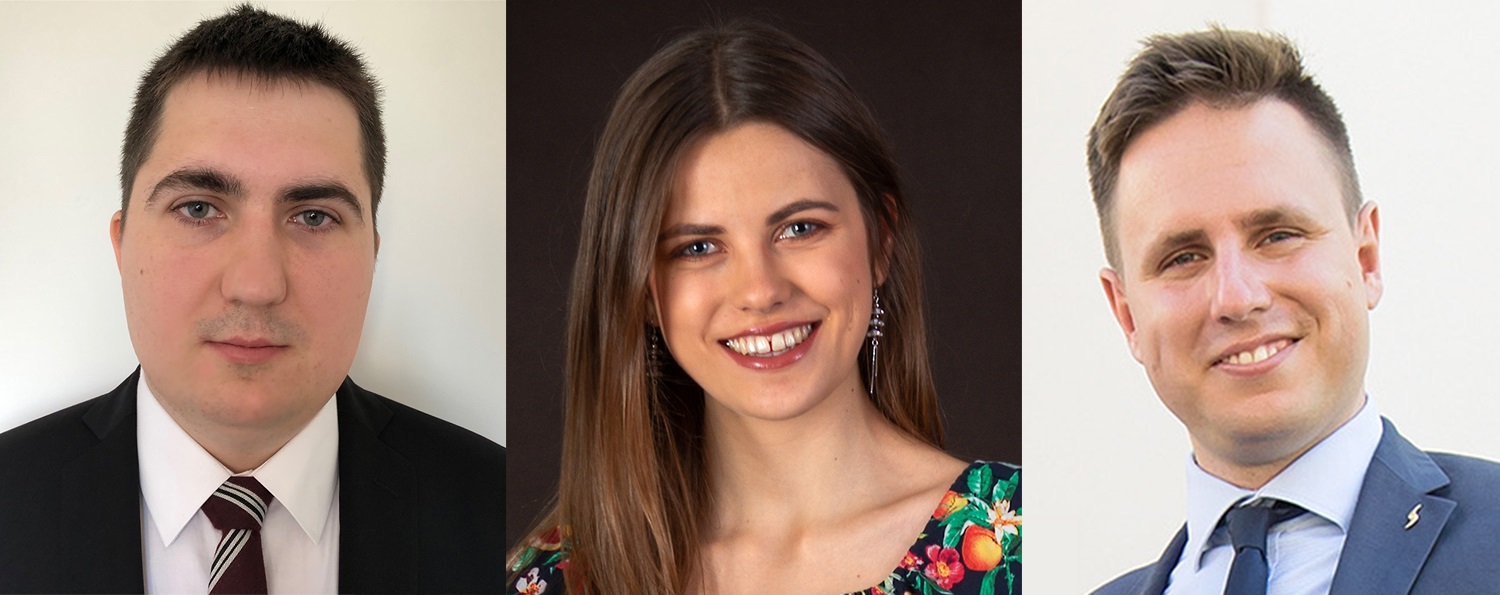Our team is working on the helicopter's automatic flight control system
The project created at the Faculty of Power and Aeronautical Engineering meets the needs and expectations of aviation industry, and can significantly contribute to its development.
Increased forward speeds and greater range means that compound helicopters are perceived as the future of the industry. However, these configurations are more complex than classic helicopters, e.g. by adding an additional pusher propeller. As a result, these machines have extensive control systems. Due to additional control variables, automation of control becomes crucial here. And it is exactly what WUT students and employees are working on!
Engineering Relay
– We are developing an automatic flight control system enabling the implementation of the defined missions – explains Sebastian Topczewski, PhD, Eng. – In relation to the classic configuration of the helicopter (the main rotor and the tail rotor), we include an additional pusher propeller, located at the end of the tail boom. The assumption of such a configuration is that the helicopter achieves a higher forward flight speed. Our team strives to develop effective solutions in the field of automatic control, making it possible to achieve high cruising speeds while maintaining flight safety.
In their research, the WUT team uses a fully functional helicopter and its validated numerical model, developed in the FLIGHTLAB environment. This helicopter was created as part of another project run at the Faculty of Power and Aeronautical Engineering. Przemysław Bibik, PhD, Eng. together with a group of students was at that time engaged in the development of a reconfigurable, compound unmanned helicopter. Today, the effects of that work are of benefit to new group.
– This is a grant intended for students and it is they who carry out most of the works planned to be done – says Sebastian Topczewski, PhD, Eng. – Students deepen their knowledge in the field of helicopter movement modelling and automatic control methods. In addition to technical issues, they learn and implement good practices of agile project management. It is worth noting that the works are carried out as part of a series of grants sponsored by Boeing, with the invaluable support of the company's manager – Szymon Trąbała.
How to combine speed and safety?
Sara Waśniewska, B.Sc. and Tomasz Cioć, B.Sc. (aviation and aerospace students specializing in automation and aviation systems) together with Sebastian Topczewski, PhD, Eng., conduct their research at the Division of Automation and Aeronautical Systems of the Faculty of Power and Aeronautical Engineering.
Not only do they develop an automatic control system, but they also test it. They check how different control modes affect the performance of the helicopter. In this way, they want to verify whether it is possible to achieve the desired speed in forward flight, while maintaining flight safety.
– Our system integrates two control methods to provide the desired helicopter responses - explains Sebastian Topczewski, PhD, Eng. – Currently, the tests focus on accelerating the helicopter to the set flight speed, while maintaining the set values of other helicopter state variables, such as flight altitude. We test the influence of control using classic configuration control variables and pusher propeller control variables on the obtained speed and other parameters.
Ambitious plans
In September, the WUT team will be taking part in one of the largest rotorcraft conferences in the world – the European Rotorcraft Forum, where they will present the results of their research. But this is not the end of the project. It continuous until March 2023. During this time, our designers will be refining their control system, and they plan to submit the publication to the IEEE Access journal.
The results and analyses of the WUT team might potentially be used during the design process of analogous control systems, including for larger and heavier helicopters.
– Compound helicopters are developed by leading aviation companies in the world. There is still room for improvement of construction, control systems and process automation – summarizes Sebastian Topczewski, PhD, Eng.








